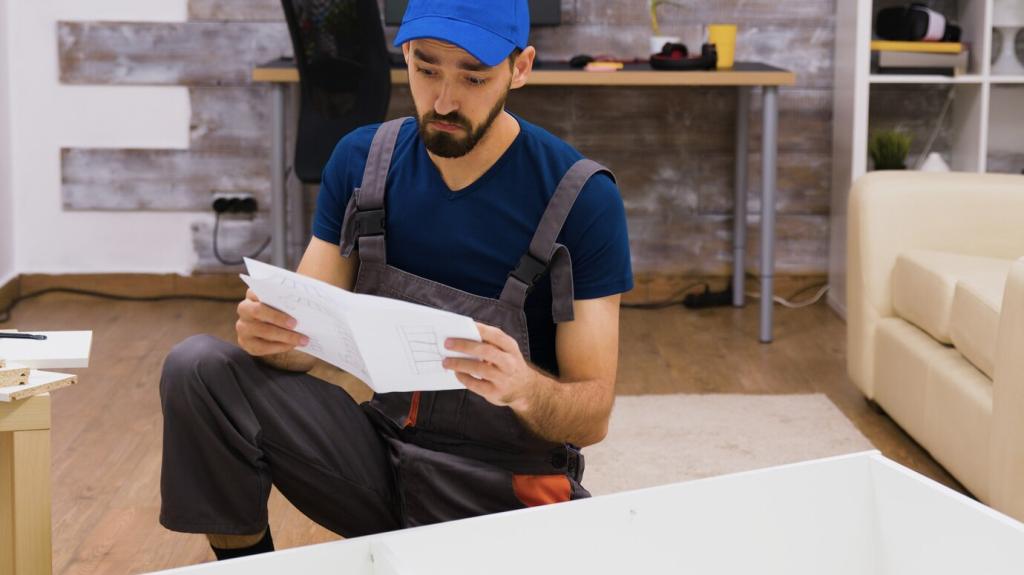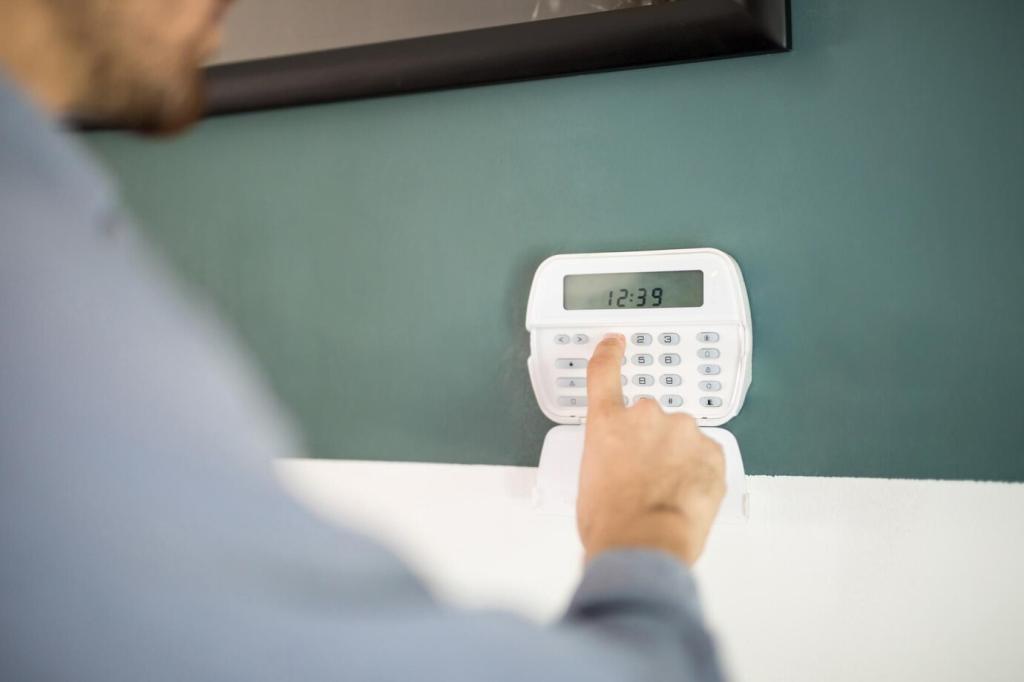Tools and Materials Checklist
Gather a hammer drill or drill/driver, masonry and wood bits, a vacuum with brush attachment, tape measure, level, torque wrench, socket set, pencil, masking tape, and a sturdy dolly. Readers often forget the vacuum; bring it and thank yourself later. What did we miss?
Tools and Materials Checklist
Match anchors to your surface: wedge anchors for concrete, sleeve anchors for masonry, and lag bolts with washers for wood framing. Confirm diameter and depth from the safe manual. Bring spare bits; dull bits wander. Ask below if you’re unsure which anchor type fits your floor.





